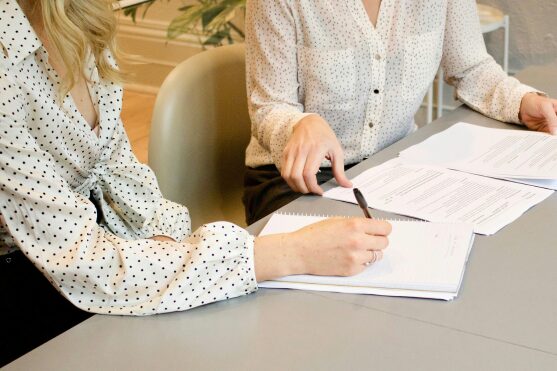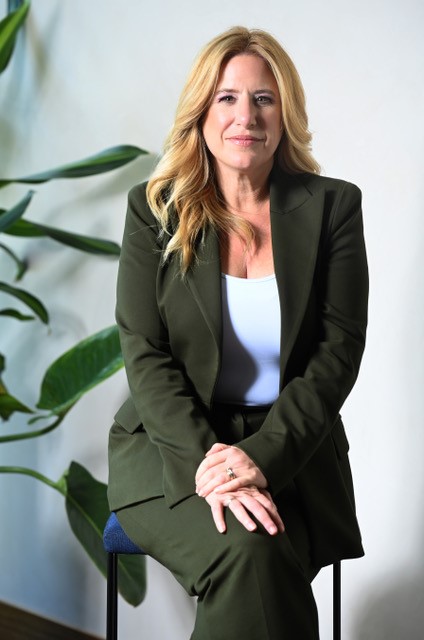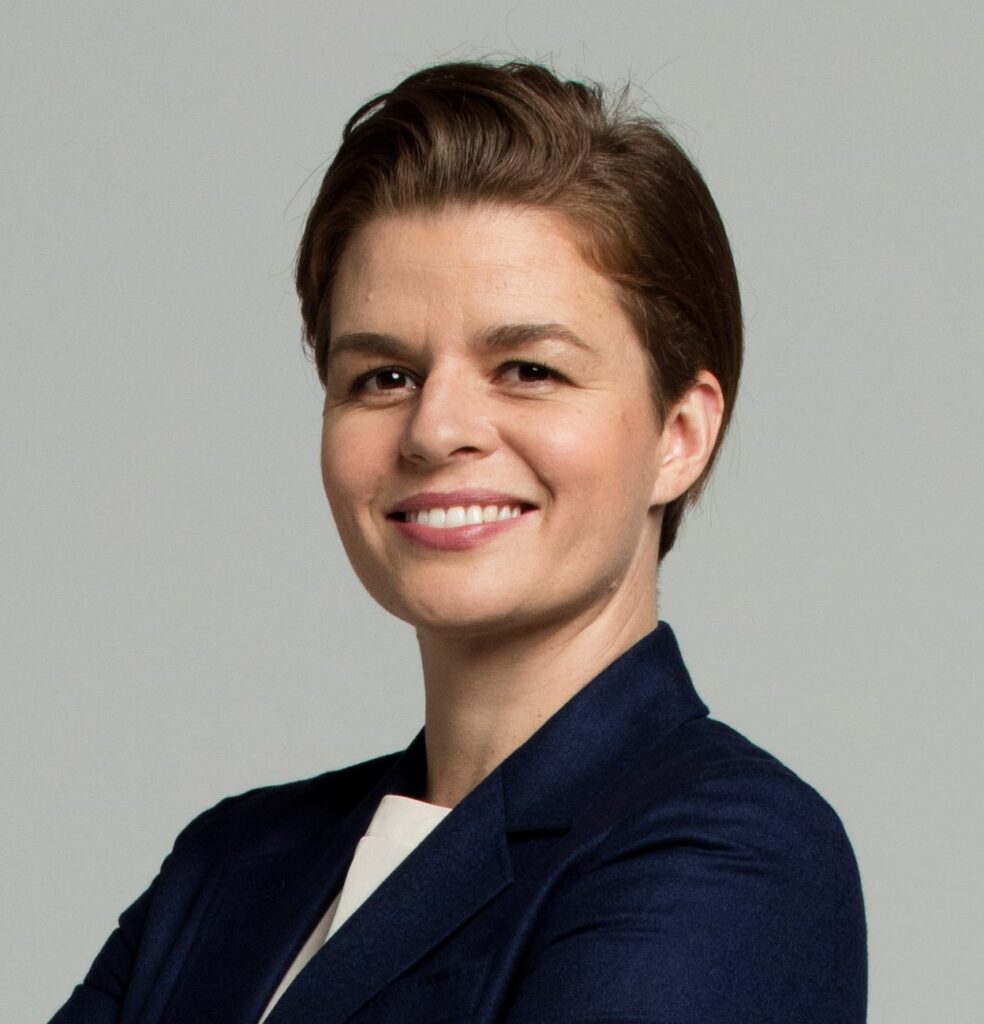Australian women are set to inherit trillions – what will that mean for giving?

JBWere’s recent report, The Growth of Women and Wealth, estimates that Australian women will become custodians of more than 65% of the nearly $5 trillion in intergenerational wealth transfer in coming years – but what does that mean for charitable giving?
It’s notable that women approach philanthropy differently to men. In general, women tend to be very socially conscious, lead the giving in their families, and focus on communities they care about. As women’s wealth increases, so do the opportunities for the philanthropic sector.
Last year, JBWere partnered with CoreData to research Australia’s growing cohort of high-net-worth (HNW) women. The report, which was released in March, showed the number of wealthy women in Australia has been steadily growing for the past decade, with close to twice the growth in the number of new women millionaires to men.

The increase is due to women accumulating their own assets and investments, while also benefitting from intergenerational wealth, Baby Boomer business transfers, and higher divorce rates and financial settlements. The research was based on one-on-one in-depth interviews with HNW professional women.
According to the CEO of JBWere Australia, Maria Lykouras, older HNW women are less likely to have trusted relationships with a financial professional than younger women. She said the report revealed an urgent need for the financial sector to change how it engages, services, and advises women, including when it comes to charitable giving.
She said among other findings, the report had identified the “oldest daughter effect”, meaning the control of the family finances at the point of wealth transfer is most likely to be managed by the oldest daughter in the family, who is also 50% more likely to shoulder the burden of managing the family’s estate.
“I believe over the next 10 years that we will see a growth of charitable giving from the HNW women who will become the custodians of their families’ wealth,” Maria said. “We know that one in five HNW women seek investments with a social good element and are more interested in investing for financial inclusion and empowerment. As younger, more socially conscious cohorts inherit wealth, this will naturally lead to increased growth in charitable giving.”
‘Over the next 10 years we will see a growth of charitable giving from the HNW women who will become the custodians of their families’ wealth.’
Maria Lykouras, CEO, JBWere

Caitriona Fay, Managing Partner, Community, Social and ESG Investment with Perpetual Private, said that Australian women have long recognised the importance of giving to the community. However, many need guidance on the right pathway when it comes to more formal charitable giving. She said earlier research showed that only 7% of Australians leave a charitable gift in their will, with HNW individuals being about 14%.
“It’s clear that women want to be able to do more but need the support of peers and advisers to show what’s possible,” Caitriona said. “It’s important that financial advisors talk to people about gifts. This includes with people who might not even consider themselves HNW individuals, but who have a lovely home and settled children.
“They can be asked: Who do you want to be the beneficiaries of the sale of that property? Do you want it to be your children, friends and family, or do you have wider ambitions around what that money could potentially achieve for a hospital or a school you care about?
“A whole range of advisors have the responsibility to ensure that they at least ask if somebody wants to leave a charitable bequest in their will.”
Caitriona said women also want to better understand how to link their wealth with their values.
“That doesn’t mean just removing gambling or tobacco from their portfolios, but understanding more deeply the companies in which they are investing or supporting. Do they have the right type of female leadership representation within their organisation? Are they tracking modern slavery supply chains appropriately? Are they ethical organisations when it comes to LGBTQIA rights?”
Pat Burke OAM, Senior Advisor, Engagement & Philanthropy with Philanthropy Australia, said the research reflected an exciting period in philanthropic history for women.
“We know that a rise in wealth often leads to an extension of philanthropic efforts, engagement and impact,” Pat said. “Now that we know Australian women are the recipients of a large wealth transfer, a big question is what are they going to do with that money, and how much of it will end up going towards philanthropy?”
Pat said the JBWere report’s finding also pointed to women often preferring the professional advice of other women.
“There can often be a wonderful trust and warmth when a woman goes to a woman professional advisor in any capacity – and there are not enough of them in the sector at the moment,” Pat said.
So, what are the right steps for women who find themselves custodians of more money than they perhaps expected – and their advisors?
Caitriona said the best advice is that all charitable gifts are needed and appreciated.
“Don’t overthink it,” she said. “You can test ways of giving and approaches to different organisations but essentially, people receive a lot of joy from the giving process and ultimately find great organisations just through the process of starting to donate.
“As donors look to become more sophisticated and want to give larger gifts, they can utilise trusted advisors to look at the balance sheets of organisations – do they have the right infrastructure and the right capacity to take a large gift?
“There are many philanthropic advisory organisations that can identify groups that align with what donors are passionate about, and that can also ensure that philanthropy is a part of tax strategies.”
Caitriona also said that it was important to remember the “hidden history” of women in philanthropy in Australia, which is reflected in research that found 77% of women indicated that they model or guide their family’s philanthropic giving, while 75% of women said they want to understand the needs of the community and then do something about it (Kimberly Downes, 2021, The Role & Influence of Women in Australian Philanthropy).
“Many people would be shocked by the number of philanthropic foundations we have in this country that have men’s names that were actually established by women,” Caitriona said. “While this intergenerational wealth transfer is now taking place, it’s important to remember that women have been doing this in Australia for more than 100 years already.
“Women have also long recognised that some of the best investments you can make when you are choosing to give is to other women. Ultimately, there is a larger return of investment, because women make sure when they receive a dollar, they contribute that dollar back into the community they are a part of.”
Philanthropy Australia’s Women’s giving and philanthropy page provides links to many resources for giving including the Guide to Giving, Ways to Give and Perpetual’s Philanthropy Toolkit.